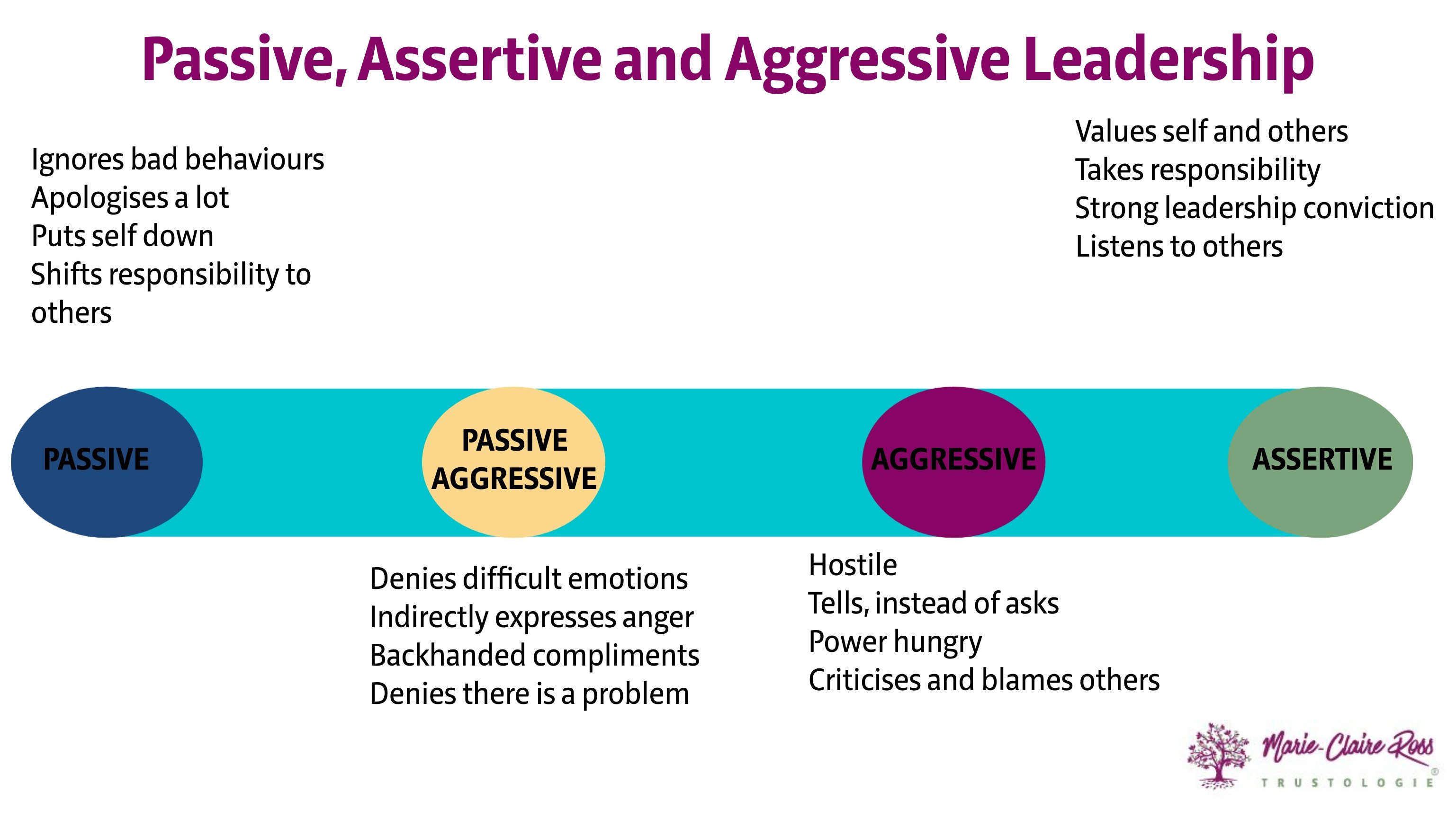
A weird and sad coincidence happened to me recently.
Access leadership and trust building communication tips to help you improve team productivity and safety.

A weird and sad coincidence happened to me recently.

Certainty is an admirable quality in a leader. But when times are tough and headwinds are rough, it takes a remarkable leader to remain flexible and act proactively during ambiguity.

In my work, I get to spend time with leaders from a range of different industries, sizes, types and stages of maturity.


With the ever-changing landscape of business needs, business leaders must constantly adapt and readjust their strategies.

High-performing leaders set themselves apart from average performers by implementing specific strategies and behaviours.

I have a confession to make.
When it comes to hosting a dinner party, I'm like an old-school 70s suburban housewife. I cook up everything myself from starter to dessert. I spend hours in the kitchen and start cooking the night before the big event.

Standing your ground with compassion and conviction is important for a leader. Yet, we often fall into a passive leadership style when we worry about upsetting others or coming across as being aggressive.

Leading oneself is the foundation upon which effective leadership is built. Without self-leadership, it becomes difficult to inspire and guide others towards shared goals and objectives.
After all, if you can't lead yourself first, you will have issues with getting others to follow you.

Emotionally intelligent leaders strive to support and uplift their teams in every possible way. However, when a well-meaning manager is overwhelmed by their own or others' emotions, things start to go a little bit awry.
Let's go through six things that can get in your way.